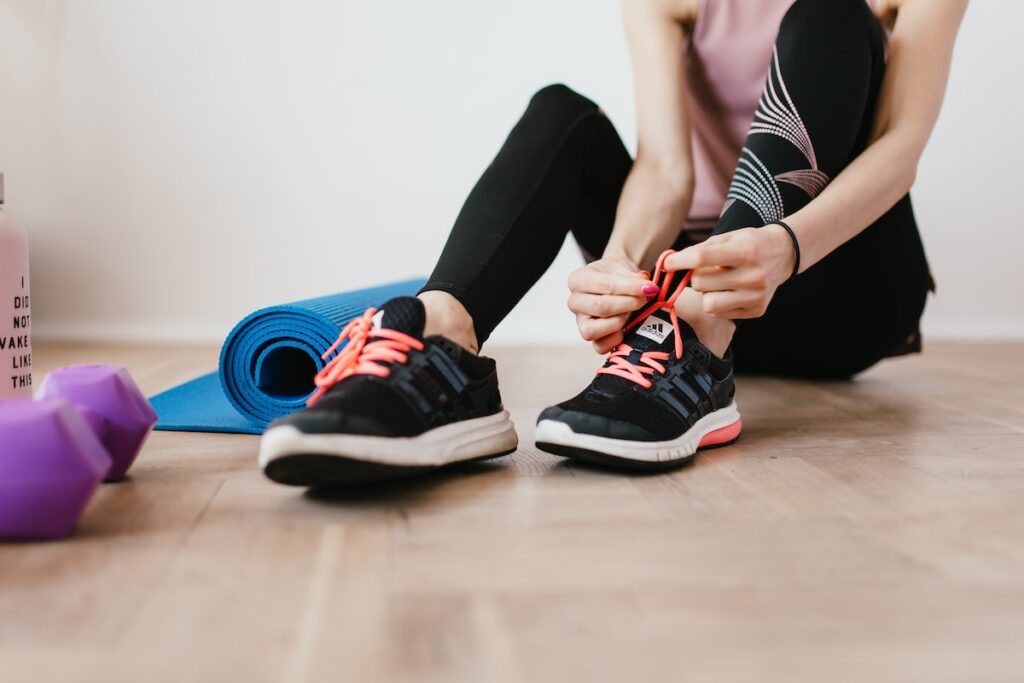Introduction
Knee inflammation, also known as knee joint inflammation or knee arthritis, is a common condition that can cause pain, swelling, and limited mobility. The knee joint, being one of the most complex and weight-bearing joints in the body, is susceptible to various factors that can lead to inflammation. Understanding the causes, symptoms, diagnosis, treatment options, and preventive measures for knee inflammation is crucial for managing this condition effectively. In this comprehensive article, we will explore knee inflammation in detail and provide insights into how to manage and prevent it.
Section 1: Understanding Knee Inflammation
The knee joint is made up of bones, cartilage, ligaments, tendons, and synovial fluid, all of which work together to provide stability and mobility. Inflammation of the knee joint can occur due to several reasons, including:
- Osteoarthritis: The most common form of knee inflammation, osteoarthritis, is a degenerative joint disease characterized by the breakdown of cartilage, causing bones to rub against each other.
- Rheumatoid Arthritis: An autoimmune disorder that causes the synovial membrane to become inflamed, leading to joint damage and pain.
- Gout: A type of arthritis caused by the accumulation of uric acid crystals in the knee joint, leading to inflammation and severe pain.
- Septic Arthritis: An infection in the knee joint, usually caused by bacteria, which can rapidly lead to inflammation and joint damage.
- Knee Bursitis: Inflammation of the bursae (small fluid-filled sacs) around the knee joint, often caused by repetitive movements or trauma.
Section 2: Symptoms of Knee Inflammation
Knee inflammation can present with various symptoms, depending on the underlying cause. Common symptoms include:
- Knee Pain: Persistent or intermittent pain in and around the knee joint, ranging from mild discomfort to severe pain.
- Swelling: Visible swelling and puffiness around the knee joint, caused by the accumulation of fluid.
- Stiffness: Difficulty moving the knee joint freely, especially after periods of rest or in the morning.
- Warmth: The skin around the knee may feel warm to the touch due to increased blood flow and inflammation.
- Redness: Inflamed knee joints may appear reddish or discolored.
- Crepitus: A creaking or cracking sensation in the knee joint during movement.
- Limited Range of Motion: Reduced flexibility and difficulty fully extending or bending the knee.
Section 3: Diagnosis of Knee Inflammation

Accurate diagnosis of knee inflammation is essential for determining the underlying cause and developing an appropriate treatment plan. The following methods are commonly used for diagnosis:
- Medical History: The healthcare provider will inquire about the patient’s symptoms, medical history, and any recent injuries or activities that may have contributed to the knee inflammation.
- Physical Examination: A thorough examination of the knee joint, assessing range of motion, tenderness, swelling, and signs of inflammation.
- Imaging Studies: X-rays, MRI, or CT scans may be conducted to visualize the knee joint’s internal structures and detect any abnormalities or signs of inflammation.
- Blood Tests: Blood tests can help identify markers of inflammation, infection, or autoimmune conditions.
- Aspiration: A sample of fluid may be aspirated from the knee joint for analysis to determine the cause of inflammation.
Section 4: Treatment Options for Knee Inflammation
Treatment for knee inflammation aims to reduce pain, inflammation, and improve knee joint function. Depending on the underlying cause, various treatment options may be recommended:
- Medications: Over-the-counter pain relievers, such as acetaminophen or nonsteroidal anti-inflammatory drugs (NSAIDs), can help alleviate pain and reduce inflammation.
- Corticosteroid Injections: Injections of corticosteroids directly into the knee joint can provide rapid relief from inflammation and pain.
- Physical Therapy: Targeted exercises and stretches can help strengthen the knee muscles, improve flexibility, and reduce pain.
- Rest and Ice: Resting the knee joint and applying ice packs can help reduce inflammation and swelling.
- Assistive Devices: Using knee braces or crutches can help support the knee joint and alleviate pressure during walking or weight-bearing activities.
- Weight Management: Maintaining a healthy weight can reduce stress on the knee joint and ease inflammation in arthritis cases.
- Joint Aspiration: Draining excess fluid from an inflamed knee joint can relieve pain and improve mobility.
- Surgery: In severe cases or when conservative treatments fail, surgical options such as knee arthroscopy or knee replacement may be considered.
Section 5: Prevention of Knee Inflammation

While some causes of knee inflammation cannot be prevented, certain lifestyle choices and precautions can help reduce the risk:
- Maintain a Healthy Weight: Excess weight can increase pressure on the knee joint, leading to inflammation and early onset of arthritis.
- Warm-Up and Cool-Down: Properly warm up before engaging in physical activities and cool down afterward to prevent knee strain and injury.
- Use Proper Footwear: Wear comfortable, well-fitted shoes with adequate support, especially during high-impact activities.
- Strengthen Muscles: Engage in regular exercises that target the muscles around the knee joint, such as quadriceps and hamstrings, to enhance knee stability.
- Avoid Overexertion: Avoid overtraining or participating in activities that place excessive strain on the knee joint.
- Practice Safe Movements: Use proper techniques when lifting heavy objects or performing physical tasks to avoid knee injuries.
- Protect Your Knees: Use knee pads or other protective gear during activities that may expose the knee to impact or injury.
Conclusion
Knee inflammation is a prevalent condition that can cause pain and discomfort, significantly impacting an individual’s quality of life. Understanding the causes, symptoms, diagnosis, treatment options, and preventive measures for knee inflammation is crucial for managing this condition effectively and promoting knee joint health. Early intervention, appropriate treatment, and lifestyle modifications can help alleviate symptoms, improve knee function, and reduce the risk of long-term complications. By prioritizing knee health and following preventive strategies, individuals can enjoy an active and pain-free lifestyle for years to come.



